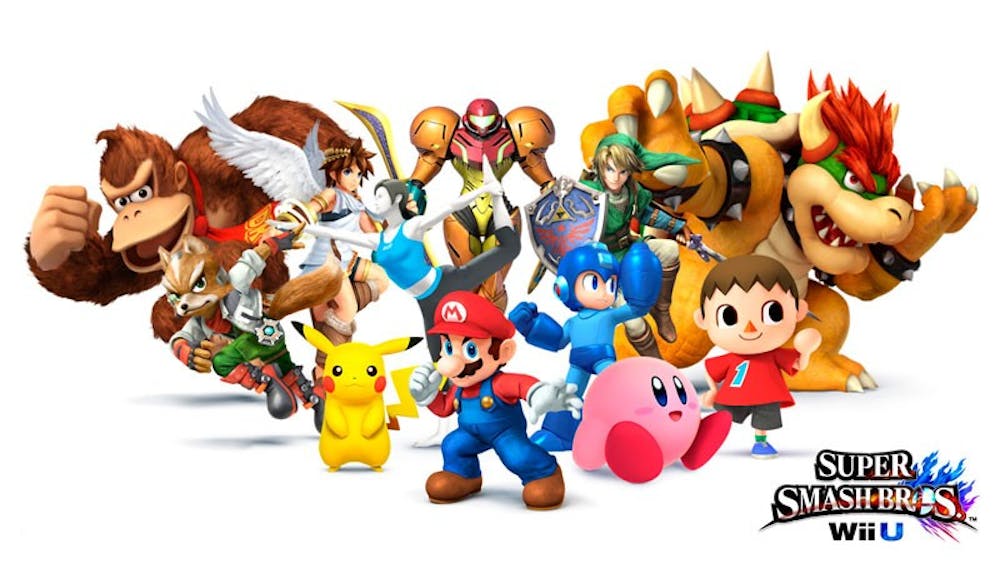“MELEE!”
From 2001 onward, this word — bellowed by voice actor Dean Harrington — marked the beginning of a night of comic violence in front of the television.
I learned many things from Nintendo’s Super Smash Bros — among them Melee, in which players pit their favorite video game characters against one another in a duel to the death. The game’s universe taught that the armored hero from Metroid is actually a heroine, parasols and fans are viable weapons and taunting the cute Pokémon Jigglypuff can result in instant death. With a variety of maps, items, modes and skills, Melee resided in a Nintendo GameCube class of its own.
Its content magical on the big screen, Super Smash Bros.’ transition to the 3DS, a gadget much smaller, was met with unsurprising skepticism.
The content is certainly not watered down in a 3DS outing. There remains a plethora of characters, maps and game modes. If one gets tired of beating up his least favorite Nintendo character, there are also hundreds of trophies with paragraph descriptions to hunt for. Each character also retains its unique variety of combat skills from prior console releases.
This transition of full move sets from larger systems to the 3DS is surprising. The processing power of handheld consoles must be growing, yet however smoothly the game manages two to four on-screen characters in single-player matches, lag is prevalent in multiplayer battles, causing action to unfold in slow-motion.
The graphics of Smash cannot hope to compare with previous iterations on bigger consoles, but it is better to have a game which plays well. The game’s playability factor, however, also runs into some problems.
While the GameCube’s control stick rose a half-inch out of the controller, the circle pad of the 3DS is nestled almost entirely into the system’s left side. For a game like Smash, in which characters have a variety of different attacks, precision is imperative in executing the correct move at the correct time. While playing Smash on the 3DS, it is difficult to maintain enough grip on the circle pad with the thumb to constantly switch between a variety of maneuvers in different directions.
For example, players can make Bowser punch by tilting the circle pad while pressing the A button. However, if the circle pad is stuck in a certain direction, the attack will instead be a more powerful, albeit slower double kick — an impressive acrobatic feat for a character of Bowser’s girth. A pad which could be extended and compressed would be optimal for Smash and perhaps future 3DS titles.
Xbox, PlayStation and PC gamers may laugh at the struggles handheld systems face in incorporating both quality content and playability on their platforms. However, it is handhelds that emerge victorious during the 10-hour car or plane trip. The intricacy of Smash’s gameplay, despite some control issues, charts a new path for the 3DS — one which does not include boredom in the passenger seat.







